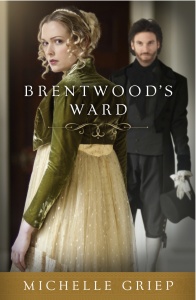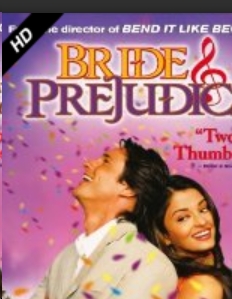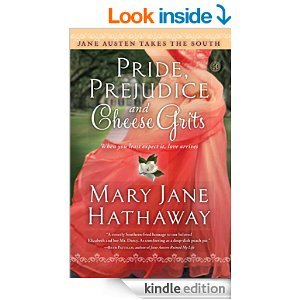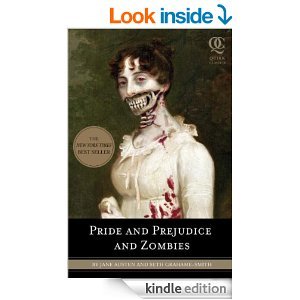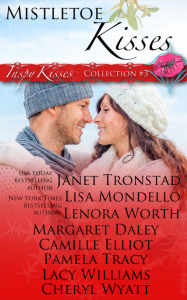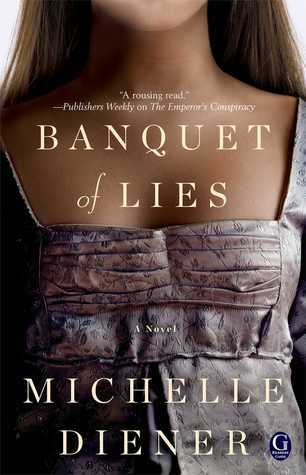Kristi here. If you’ve ever hung around young children, you’ve heard the word “why”. Kids love to know why you’re doing whatever you’re doing (usually at times when you really don’t want to explain it). They want to know why they have to go to bed, why they have to eat their vegetables, and why you never give Caillou as an option to watch on TV even though the whiny little guy is right there on the screen.
Okay, maybe that last one is just me.
But I have one kid who is constantly asking about words. Why do we call that an elephant, where did the word elastic come from, who decided to call it ice cream.
It all means I’ve started looking up the eymology of words and it’s really interesting. So today I’m looking up some words frequently seen in Regency romances to see where and when those words became the words we know today.
The Titles
Dukedoms appeared in England in the mid-1300s, ousting earl as the highest rank of nobility. The word Duke traces all the way back to latin origination from dux or ducis which means leader or commander.
The ousted earl had been hanging around England for 300 years before the dukes came along. While there is an old English word, eorl, that means brave man, warrior, chief, the origination of that word is uncertain. It is possibly of Germanic descent.
Marquess or Marquis was blatantly lifted from the French, though its usage was quite spotty from the late 1300s until the 1500s. In French the word means ruler of a border area, taken from the Old French word marche meaning frontier.
Society
Social gatherings and interactions are significant in Regency novels. The word society itself traces back to the Latin word societatem. It has always meant fellowship, association, and community.
More specific meanings for the word, such as a group or club, began in the 16th century. Often in Regency books the word is used to mean “the more cultivated part of a community”. This usage was first recorded in 1823, making it a very “modern” usage of the word for our characters.
The Parties
Looking up the etymology of the word ball will send you in a lot of directions. Using the word to refer to a “dancing party” began in the early 1600s. It traces back to Old French, Latin, and Greek words that mean “to dance”.
Soiree, or “evening party” was another English word lifted directly from the French. It, too, goes back to the Latin word. Sero meant “at a late hour”.
The word party has long meant to divide or separate. Usages of the word in this way date back to the 12th century, particularly in reference to politics. It’s usage as a term meaning “a gathering for social pleasure” isn’t until the early 18th century.
Debutante
Probably the happiest discovery I made while writing this article was the origination of the word debutante. I had heard that the word debutante was not used in the Regency, but was instead a more Victorian term, making its appearance in the 1830s.
According to several sources, the word debutante was actually early 1800s. Some place it as early as 1801, though several place it in 1817.
Look up your own
Head on over to etymonline.com and look up your favorite Regency word. Describe it’s origination in the comments below.
And if anyone has any idea how they came up with the words for Latin, let me know, because all the etymology seems to stop there.
Originally posted 2014-11-10 01:00:00.
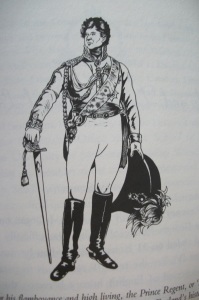
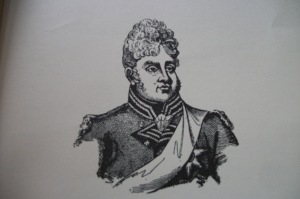


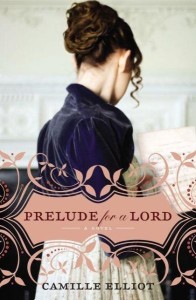
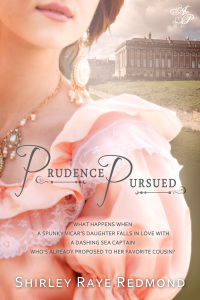 Jane Austen’s dearest friend Martha Lloyd was scarred by smallpox for the
Jane Austen’s dearest friend Martha Lloyd was scarred by smallpox for the
